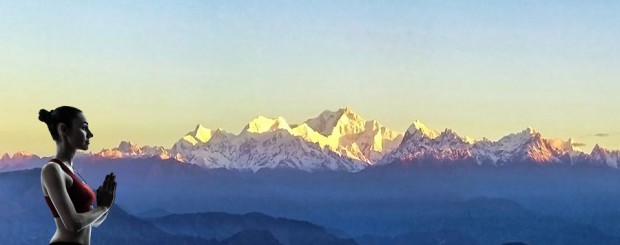The forms of organized Buddhist monasticism
Buddhist monasticism is one of the earliest surviving forms of organized monasticism and one of the fundamental institutions of Buddhism.
Monks and nuns, called bhikkhu and bhikkhuni, are responsible for the preservation and dissemination of the Buddha's teaching and the guidance of Buddhist lay people.
Three surviving traditions of monastic discipline (Vinaya), govern modern monastic life in different regional traditions:
- the Theravada in Southeast Asia and Sri Lanka
- the Dharmaguptaka in East Asia
- .




































